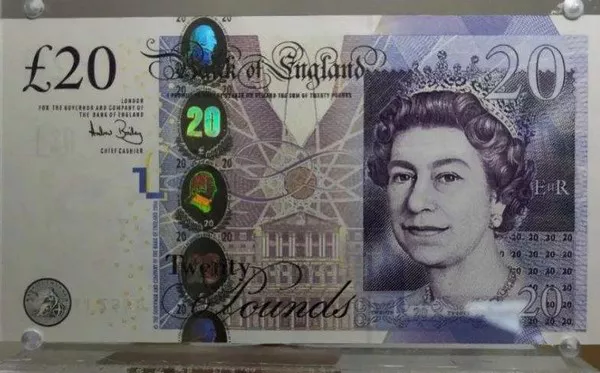In Wednesday’s London session, the Pound Sterling (GBP) maintained its position near 1.2750 against the US Dollar (USD), showing resilience despite the release of the United Kingdom’s (UK) monthly Gross Domestic Product (GDP) and Industrial Production figures for April. The data, released by the UK Office for National Statistics (ONS), revealed a stagnant economy for April, in line with economists’ expectations, signaling a subdued beginning to the second quarter.
The UK economy encountered a lack of growth in April, as a mild expansion in the services sector was counteracted by a decline in Industrial Production and construction output. Notably, the manufacturing sector witnessed decreased activity primarily due to lower production in pharmaceutical and food sectors, as indicated by the data.
Both Manufacturing Output and Industrial Production data, pivotal in measuring factory activity, experienced a more significant contraction than anticipated for April. Monthly Manufacturing Production exhibited a sharp decline of 1.4%, deviating from expectations of a slight fall of 0.2%. Concurrently, Industrial Production dropped by 0.9%, contrary to expectations of a modest 0.1% decline.
The concerning data regarding weak factory performance suggests that households and businesses may struggle under the weight of high interest rates set by the Bank of England (BoE), potentially prompting the BoE to consider easing its monetary policy sooner rather than later.
However, conflicting indicators may deter policymakers from immediate rate cuts. Despite economic challenges, UK wage growth remains robust, presenting a significant obstacle for the BoE in returning to policy normalization. Notably, wages surged by 6.0% in the three months leading up to April, well above the threshold necessary for inflation to meet the desired rate of 2%.
Looking ahead, market volatility for the Pound Sterling is anticipated to persist, particularly in anticipation of the United States (US) Consumer Price Index (CPI) data for May and the Federal Reserve’s (Fed) forthcoming monetary policy announcement during the New York session. The CPI data is poised to significantly influence market sentiment regarding the timing and extent of potential Fed interest rate adjustments this year. Recent strong employment figures and wage growth have already tempered expectations for imminent rate reductions, particularly from the September meeting onwards.
In the technical realm, the Pound Sterling displays a cautious recovery from nearly a two-week low of 1.2690 against the US Dollar. Notably, the GBP/USD pair finds support from the 20-day Exponential Moving Average (EMA) at approximately 1.2714, while the upward slope of the 50-day EMA suggests a prevailing positive trend.
Moreover, the Cable maintains support at the 61.8% Fibonacci retracement level of 1.2665, originating from the high of 1.2900 recorded on March 8 to the low of 1.2300 observed on April 22.
The 14-period Relative Strength Index (RSI) indicates weakening momentum, transitioning into the 40.00-60.00 range, signaling a potential shift in market sentiment.
Related Topics:


























